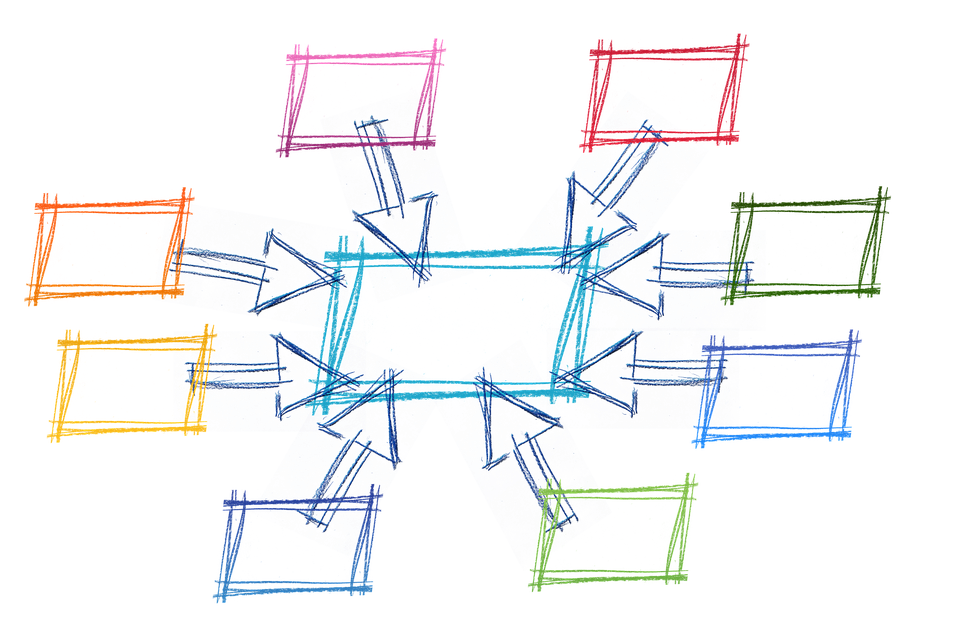Authors’ notes: This post is co-authored by Kelly Sattler, Head of Web Services, Michigan State University. It is part two of a two-part series on IT centralization and academic libraries.This post talks about how to respond to centralization and what to expect in the longer term. Part one discusses what to expect when a centralization initiative begins. Image source: creative commons licensed (BY-ND 2.0) Flickr photo by Andrea NIgels: https://flic.kr/p/6KsA7U. How to respond to centralization As we said in part 1 of this two-part series on IT centralization, change is hard. Change that makes people fear for their jobs and threatens their professional identities is really hard. We have some advice based on our experiences that may help you cope if IT centralization comes to your campus. Before centralization The best thing you can do to prepare for centralization is something that is good to do for other reasons as well: make…
IT Centralization: Impact on Academic Libraries, Part 2

